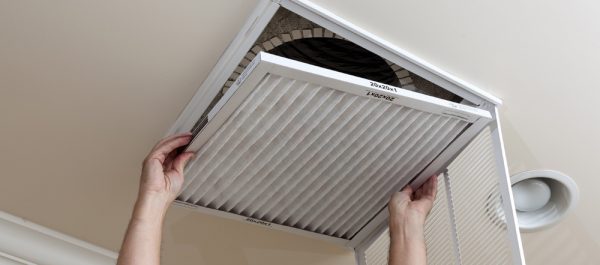How To Test The Air Conditioner Temperature Sensor?

Temperature/ambient sensors are fundamental elements for the correct functioning of air conditioning. And this applies to any equipment that needs to regulate the temperature, such as a refrigerator, for example. But in this post, we will only refer to the sensors of air conditioners.
Why Test The Temperature Sensor
Home air conditioning temperature sensors gotten from duct temperature sensors supplier for instance are extremely inexpensive components, which is why industry professionals say they are not worth the repair. In addition to the price, the exchange is carried out quickly, in a maximum of 20 minutes. For these reasons, the tests are done for verification purposes only.
In other words, it is necessary to test to know if any occurring problem is not just a malfunction of the sensor. Because it’s cheap and easy to change, it should be the first thing you look for first because it dictates the proper functioning of the air conditioner. Second, no one here wants to throw money away on unnecessary repairs because any other repair would cost more.
Problems That Can Be Caused By Temperature Sensor Malfunction And Error Codes
A very common problem caused by temperature sensor malfunction is the condenser turning off before reaching the desired temperature or the condenser turning off and on too quickly. An error code usually presents this problem. Below we have separated the codes related to the air conditioning temperature sensor by brand.
See here for other air conditioning error codes separated by brand.
Step by step to test the temperature sensor using an ohmmeter or multimeter
- Turn off the air conditioner power switch;
- Disconnect the temperature sensor from the electronic board;
- Set the ohmmeter on the appropriate scale (if the device reverses, set it to 20k),
- With the probes, touch the temperature sensor poles;
- Write down the value obtained from the device’s sensor and the atmospheric temperature;
- The value obtained must be following that specified in the manufacturer’s table.
According to the air conditioning manufacturer or duct temperature sensors supplier, “to check whether the temperature sensor is damaged, it is necessary to measure the ohmic resistance, with it disconnected from the main electronic board. It is recommended to place the temperature sensor in a container with water and a temperature sensor and compare the ohmic resistance value with the temperature reduction. If the ohmic resistance of the temperature sensor presents values different from the table, it must be replaced”.
Types Of Temperature Sensors
There are two basic thermistors or temperature sensors: the PTC (Positive Temperature Coefficient) thermistor and the NTC (Negative Temperature Coefficient) thermistor. The PTC thermistor significantly increases its electrical resistance with increasing temperature. And the NTC thermistor significantly decreases its electrical resistance with increasing temperature.
The Technical Definition Of Temperature Sensor
A temperature sensor, also known as a thermistor, is an electrical device that changes its electrical resistance thermally; it presents an electrical resistance value for each absolute temperature. A thermistor can be defined as a component that undergoes variation in an electrical quantity following a physical amount, as long as there is a known relationship between the electrical variation and the physical quantity.
Electrical quantities: electrical resistance, electrical current, and electrical voltage.
Physical quantities: sound, light, temperature, movement, and vibration.
thermocouple sensors
Considered highly accurate and sensitive, thermocouple sensors can detect even the smallest variations in ambient temperature, making them an efficient and reliable type of device. The equipment can be described as a pair of metallic wires, with different properties, connected at one end. The pair of metallic wires creates a difference in thermoelectric voltage between their ends, thus indicating the variation in temperature between the parts.
This variation difference must be sent to a computer and then analyzed by software that will indicate the temperature of the analyzed item. Due to their reliability and wide temperature measurement range, thermocouple sensors are often used. It is necessary to consider; however, if used uninterruptedly for long periods, it may fail. Additionally, corrosion can affect this sensor, thus reducing its accuracy.




